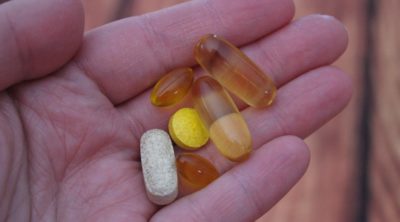It is a very surprising fact that wasps are beneficial insects that eat harmful insects and their larvae, and help in the pollination of flowers while in search of nectar. Read on to know more about wasps, their biological life cycle, treatment of stings, and finally, the removal of nests.
There are 11 species of wasps. They vary in their size, coloration, biology, and habits. Another factor that they also vary in is their aggressiveness. Some, like hornets, are very aggressive and attack in large swarms, while others like the paper wasp are relatively passive and attack only when provoked. Sadly, it is estimated that about 200 people die annually in the United States alone from the reactions produced by wasp stings. More people die each year from the effects of insect venom than from spider or snakebite.
The Cycle Of Life
The queen wasp hibernates in the winter and initiates her nest at the beginning of spring. While feeding on captured prey and nectar, she lays her first egg in cells made out of chewed wood and plant debris. The queen looks after and feeds the larvae until the first brood of workers hatches. From then on, it becomes the worker’s primary task to gather food, construct the nest, and look after the larvae while the queen only lays the eggs.
This goes on for about 3 months. Reproductive males and new queens hatch last and leave the nest to mate. While the male wasp dies soon after mating, the queen looks for a safe place to hibernate over the winter. Around the same time, all the workers die and the nest decomposes.
Why Wasps Sting
It is very important to remember that a wasp does not sting unless provoked to do so. Hence, avoid swatting or squashing it. When attacked, the wasp releases a chemical that signals other wasps to attack.
Effects
The most common reactions to a wasp sting are immediate pain, redness, irritation, itching, and swelling in the local area. Toxic reactions occur in the case of multiple stings. In such cases, the victims also experience vomiting, diarrhea, headache, hypotension, fever, and in more severe cases, renal failure and convulsions. Additionally, in certain individuals who display allergic reactions, the wasp sting may produce potentially fatal, anaphylactic reactions, usually within 30 minutes. In such cases the initial effects would be rashes, nausea, abdominal cramps, palpitations, and hypotension.
Treatment
Treatment depends on the severity of the condition. It is important to remember that no anti-venom is present for a wasp sting. A majority of the medical treatment required is for the allergic reactions caused by the sting. If the swelling or the hives spread more than 12 inches from the sting area, then a doctor should be consulted immediately as this is a systemic reaction and could be fatal. Otherwise, applying vinegar (apple or white) or a mixture of baking soda and water on the area using a cotton ball is helpful. Ibuprofen is suggested as over-the-counter pain medication. It usually works well and quickly reduces pain and swelling. Antihistamine creams available are also very helpful.
Wasp Nest Removal
Wasp nests can be aerial, on the ground, underground, or in a cavity, depending on the species. One of the simplest methods to remove the nests is chemically. Carbamate- or organophosphate-based chemicals are recommended.
Alternatively, the nest can also be removed by any of the following methods.
- Place a large plastic bag on the nest and break the nest in it. Leaving the bag in the sun or drowning it will kill all the wasps.
- In case of nests on the ground, place a clear bowl over the nest and press it into the ground so that the wasps cannot escape. As the wasps do not dig a way out, they will starve and die in a few days.
- In the United States, specially adapted vacuum cleaners are available using which the wasps can be vacuumed out.
- Non-chemical wasp traps are available that attract the wasps away from sensitive areas.
However, it is always advisable to hire a professional from the pest control company to remove the nest.
Lastly, with good building maintenance, keeping food covered, and using safe alternatives like traps, the amount of wasp activity in your surrounding area can be limited. If pesticides have to be used, ensure that a professional pest remover carries out the work, and use the least toxic substance available to protect health and the environment.


